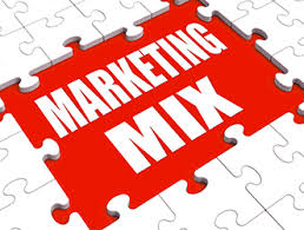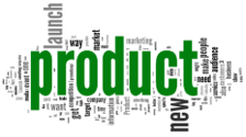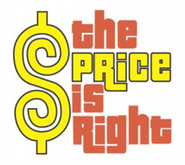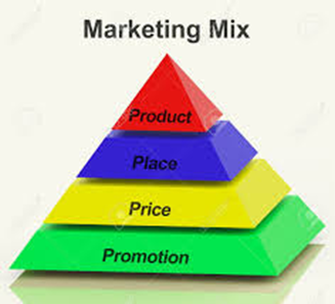9.1 Marketing Mix
The price of the product is basically the amount that a customer pays for to enjoy it.
Adjusting the price of the product has a big impact on the entire marketing strategy as well as greatly affecting the sales and demand of the product.
If a company is new to the market and has not made a name for themselves yet, it is unlikely that your target market will be willing to pay a high price.
Pricing always help shape the perception of your product in consumers eyes. Always remember that a low price usually means an inferior good in the consumers eyes as they compare your good to a competitor.
Adjusting the price of the product has a big impact on the entire marketing strategy as well as greatly affecting the sales and demand of the product.
If a company is new to the market and has not made a name for themselves yet, it is unlikely that your target market will be willing to pay a high price.
Pricing always help shape the perception of your product in consumers eyes. Always remember that a low price usually means an inferior good in the consumers eyes as they compare your good to a competitor.
|
Placement or distribution is a very important part of the product mix definition. You have to position and distribute the product in a place that is accessible to potential buyers.
This comes with a deep understanding of your target market. Understand them inside out and you will discover the most efficient positioning and distribution channels that directly speak with your market. |
Promotion is a very important component of marketing as it can boost brand recognition and sales. Promotion is comprised of various elements like:
•Sales Organization •Public Relations •Advertising •Sales Promotion |
Product
Product Standardisation “The process of setting generally uniform characteristics for a particular good or service. Product standardization among the goods provided by different businesses operating in technology-based industries can be useful for consumers since it permits competition among the various suppliers.” – from the Business Dictionary
Product Standardisation “The process of setting generally uniform characteristics for a particular good or service. Product standardization among the goods provided by different businesses operating in technology-based industries can be useful for consumers since it permits competition among the various suppliers.” – from the Business Dictionary
|
|
The standardization of products is performed in three ways …
- Government standards for a particular market segment: Is where a governments sets standards for products. For example in Europe that need to set a Health and Safety standard for a product as not to harm the user. It is the CE mark on most electrical devices. The CE mark is used on other countries such as China. Take a look at your mobile phone. So to the website for more information.
- Component standardization: where a part standardised, e.g. USB ports or plugs, so they can be used in different or similar products. Such as memory sticks or computers.
- Industry-wide standards: For a period architects and engineers would ask steel companies for all sorts of sectional beams for buildings. This became inefficient and expensive. So the steel industry in agreement with the architects and engineers developed a limited range of sectional beams.
Place
Many companies choose to sell directly to the consumer through the internet, while also selling through suppliers and stores. There are advantages and disadvantages to both approaches, and also to using this hybrid model
Many companies choose to sell directly to the consumer through the internet, while also selling through suppliers and stores. There are advantages and disadvantages to both approaches, and also to using this hybrid model
Price
An extremely important aspect of marketing a product is setting the correct price that will attract consumers to make a purchase while generating profit. Without getting the balance right, a company can quickly find that they are losing money through lack of sales or through lack of profit generation. The following strategies for setting price can be used:
An extremely important aspect of marketing a product is setting the correct price that will attract consumers to make a purchase while generating profit. Without getting the balance right, a company can quickly find that they are losing money through lack of sales or through lack of profit generation. The following strategies for setting price can be used:
|
•cost-plus pricing – adding a percentage mark up to the unit cost (manufacturing, marketing etc)
This is a cost-based method for setting the prices of goods and services. Under this approach, you add together the direct material cost, direct labor cost, and overhead costs for a product, and add to it a markup percentage (to create a profit margin) in order to derive the price of the product. Demand-based pricing, also known as customer-based pricing, is any pricing method that uses consumer demand – based on perceived value
|
|
|
|
Competitor based pricing
|
|
Product line pricing
|
|
Psychological pricing
Promotion
When selling a product, promotion is another key aspect. Depending on the nature of a product, its position within the product life cycle among other reasons, the forms of promotion can be different. They include:
•advertising
•publicity
•personal selling.
Students need to consider promotion campaigns for different products.
When selling a product, promotion is another key aspect. Depending on the nature of a product, its position within the product life cycle among other reasons, the forms of promotion can be different. They include:
•advertising
•publicity
•personal selling.
Students need to consider promotion campaigns for different products.




